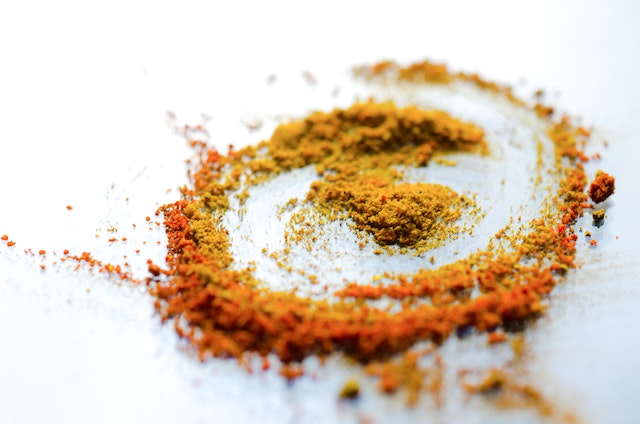The Natural percentage of iron in the body
Iron levels tests determine the amount of iron in the body by measuring the levels of several substances in the blood. There are many forms of iron inside the body, and the following is the natural percentage for each of them:
- Iron: The normal level of iron in the blood ranges from 60 to 170 micrograms per deciliter of blood.
- Transferrin proteins: The normal percentage of transferrin saturation, which is a protein found in the blood and transports iron within the body, ranges between 25% to 35%. The doctor can determine whether the body contains a large or little amount of iron in the blood by examining the amount of iron present in the transferrin proteins.
- iron stock: The normal range for iron stores ranges from 20-200 nanograms per milliliter for women, and 20-500 nanograms per milliliter for men. (Mayo Clinic):
- hemoglobin: Normal hemoglobin ranges from 12 to 15.5 grams per deciliter for women, and between 13.5 to 17.5 grams per deciliter for men.
Reasons for abnormal iron levels in the body
- Less iron than normal: Some people may suffer from lower iron levels than normal, and this happens for several reasons, including:
- Suffering from bleeding in the intestines for a long time.
- Severe menstrual bleeding.
- Suffering from intestinal disorders that cause poor absorption of iron.
- Not eating enough iron from food.
- pregnancy.
- The higher percentage of iron than normal: There are some conditions that may lead to an increase in iron levels in the blood than normal, and we mention among these cases the following:
- Hemolytic anemia, a condition that causes red blood cells to die.
- Iron or lead poisoning.
- Iron overload (in English: Hemochromatosis), which causes an accumulation of iron in the body.
- Exposure to many blood transfusions.
- liver damage
sources of iron
Iron sources vary between animal and plant sources, and the following are the most prominent of these sources.
Plant sources of iron
Adding vitamin C sources to plant sources enhances the process of iron absorption, and every plant-based meal that contains iron is important even though the body absorbs less iron from this source. Here are some of the best plant-based sources of iron:
- Fortified breakfast cereals.
- cashews.
- tofu.
- lentils
- beans.
- Fortified bread.
- Baked potatoes.
- Dark green leafy vegetables like spinach.
- Whole grains.
animal sources of iron
Turkey, chicken, oysters, and beef are among the best animal sources for iron, and iron absorption from animal sources is two to three times greater than plant sources.
Iron deficiency in the blood
Iron deficiency anemia is a health condition in which the appropriate healthy red blood cells are lacking in the blood, which are the cells that carry oxygen to the tissues of the body. This disease is one of the common types of anemia or anemia. Blood, because without obtaining sufficient amounts of iron, the body will not produce the substance that allows red blood cells to carry the oxygen element, hemoglobin, and therefore this disease is called iron deficiency anemia as it occurs as a result of insufficient amounts of iron, and it may cause fatigue and shortness of breath for people affected by it.
An overview of iron
Iron is one of the essential minerals for the body, which has many important functions. The body needs it in small quantities to manufacture red blood cells, as it is part of hemoglobin (in English: hemoglobin), which is a protein found in red blood cells, which binds to oxygen and distributes it throughout the body, and it is worth noting that the body cannot manufacture iron. The important thing is to get enough of it from food or supplements.







0 Comments